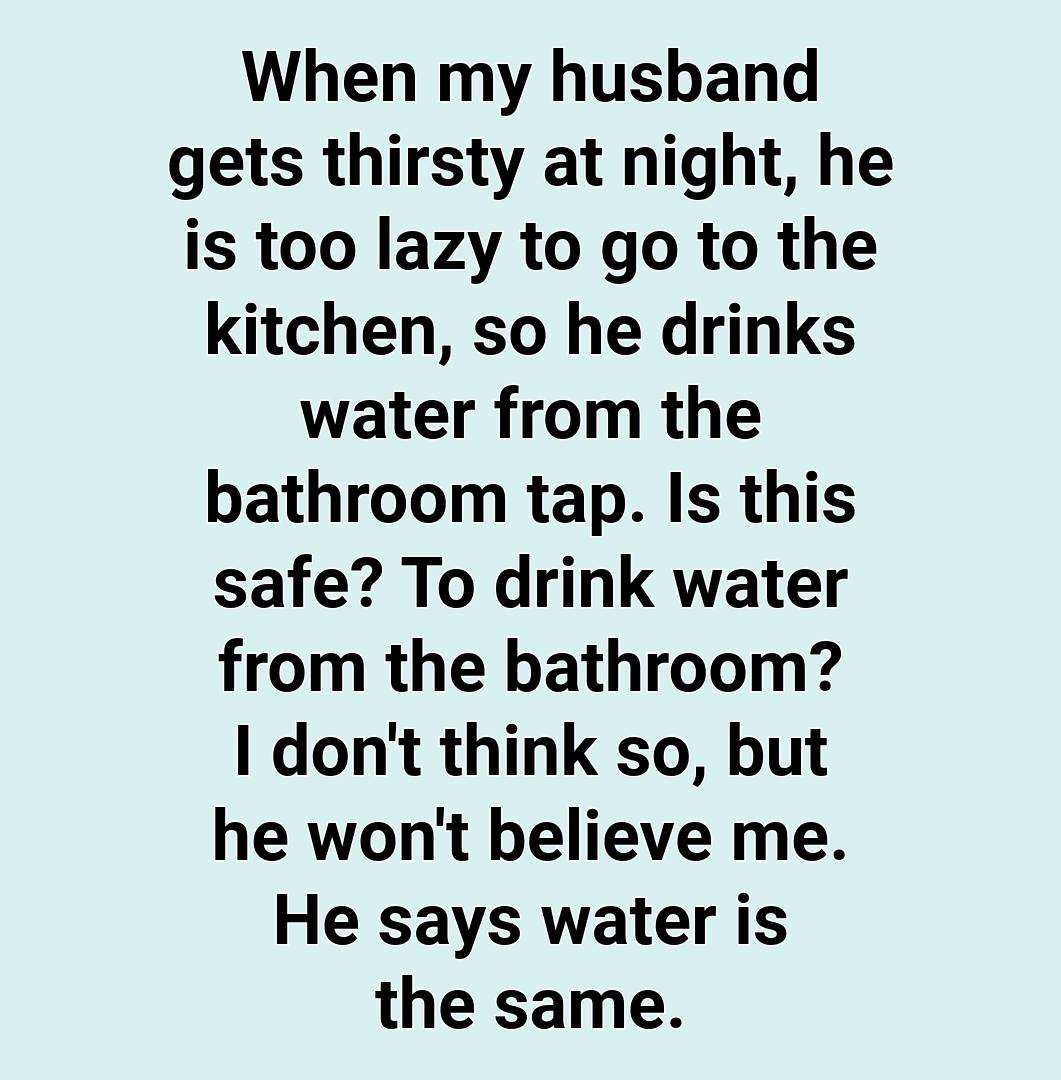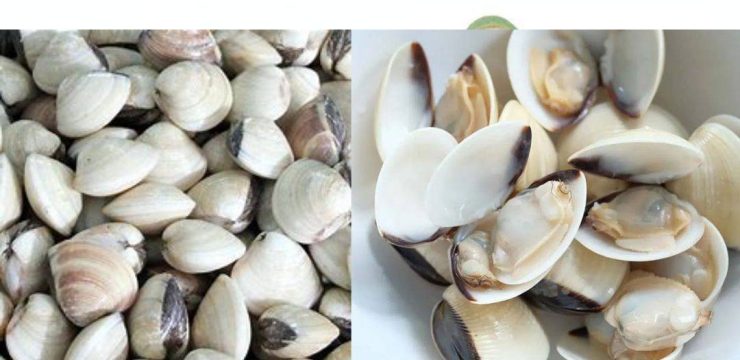When you’re feeling parched and the kitchen is a bit too far, it’s tempting to take a sip from the bathroom tap. After all, it’s the same water coming through the pipes, right? But is it really safe to drink water from the bathroom sink? The answer is yes, most of the time—but with a few important caveats.

In most modern homes, the plumbing system is designed so that every tap pulls water from the same main supply. This means the water in your bathroom tap generally comes from the same clean source as your kitchen faucet, making it technically just as safe to drink. However, there are a few factors you should keep in mind before making it a regular habit. One of the biggest concerns with bathroom tap water isn’t the water source itself, but rather the plumbing that delivers it. If you live in an older home—especially one built decades ago—there’s a chance that the pipes might be made from outdated materials like lead or galvanized steel, which can corrode over time. Corroded pipes can leach metals into the water, potentially changing its taste and, in some cases, compromising its safety.
That metallic flavor you sometimes notice? It could be a sign that your plumbing needs attention. If your house is on the older side, it’s wise to have your pipes inspected or use a home water testing kit to make sure your water is free of harmful substances. These kits are affordable, easy to use, and can offer peace of mind in just a few minutes. Another thing to consider is whether your home has a water treatment system. If you’ve installed a water softener or a whole-house filtration system, it’s likely that every faucet, including those in the bathroom, benefits from cleaner, better-tasting water. These systems remove minerals, chlorine, and other impurities that may affect water quality. In fact, if your bathroom tap is connected to such a system, the water from it might be even cleaner than what’s coming from an unfiltered kitchen sink. One myth that often causes unnecessary worry is the idea that bathroom sink water somehow comes from the same line as toilet water.
Let’s clear that up: it doesn’t. Toilet water and sink water follow completely separate paths. The water that flows into your bathroom sink is fresh and comes from the same municipal supply or well system as the rest of your home. It is not recycled or reused, so you don’t have to worry about sanitation on that front. Still, just because the water is clean doesn’t mean everything around it is. Bathroom sinks can easily become breeding grounds for bacteria, mold, or soap scum if they’re not cleaned regularly. Toothpaste splatter, stray hairs, and water residue can all collect and create an unsanitary surface.
If your bathroom isn’t cleaned often, drinking directly from the tap or using a glass that sits in that environment may expose you to germs. The solution is simple—wipe down your sink and surrounding areas regularly to ensure that the space remains hygienic. Common sense also plays a role in this decision. If your bathroom is spotless and your plumbing is up to date, drinking from the tap is generally fine. But if the room looks like it hasn’t seen a sponge in years, or if the pipes are old enough to remember life before the internet, it might be better to walk those few extra steps to the kitchen. At the end of the day, the safety of bathroom tap water depends less on the faucet itself and more on the condition of your plumbing and cleanliness of your sink. In most modern households, it’s perfectly safe to take a sip. Just be sure you’re grabbing water from the faucet and not accidentally mistaking the mouthwash for hydration. With a little attention to detail, your bathroom can be just as reliable a water source as any other in your home.





